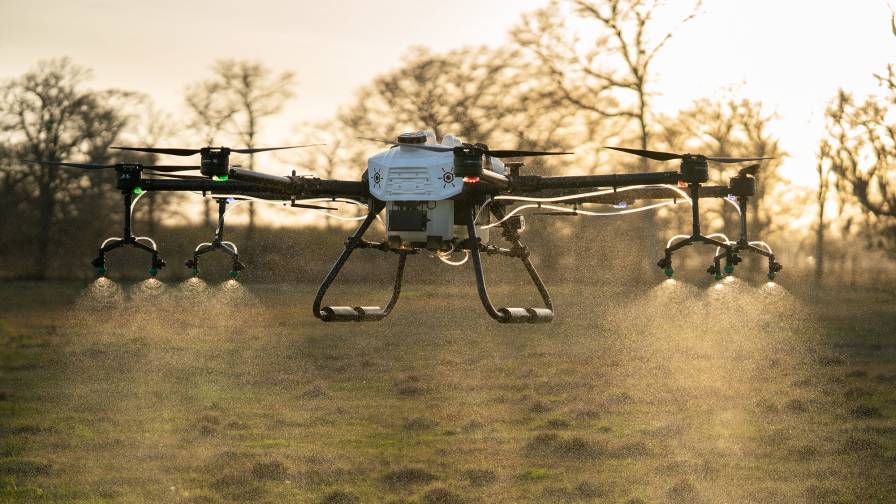What Products Will Drive the Most Growth in the Biologicals Market in the Next 10 Years?
Editor’s note: Each year, 2BMonthly’s State of the Industry feature includes a Q&A with executives from leading biocontrol and biostimulants companies worldwide. The 2024 feature touched on a wide range of prevailing topics including the investment climate for biologicals, where the industry’s biggest innovations are likely to come from, and the ongoing challenges related to the European regulatory climate. In the excerpt below, executives share insight on what product categories they think will drive the most growth in the next 10 years in biologicals.
Q: What category do you anticipate will drive the most growth in the next 10 years in biologicals?
Stefan Tresch, Head of AgInnovation & New Business, Global R&D Biologicals, BASF: We are still a long way from reaching the full potential of biologicals. For example, biologicals are today mainly used on specialty crops in the fruits and vegetable market, especially on those grown under cover or in greenhouses. But there lies great potential for growth when new biologicals are getting into row crops such as corn or soy – not only as seed treatment or soil applied products, which are already widely used, but also more commonly as foliar application. Biologicals are getting more routinely embedded in the integrated spray program and contribute to performance, resistance and residue management which support further growth.
We expect further development of current technologies, like pheromones entering into row crops, but also new technologies like peptides or RNA-based products will have a larger impact on how farmers cultivate crops. Such products bring a high level of selectivity but potentially provide a consistent level of performance. These innovative solutions together with digital recommendation systems will improve the toolbox of a farmer to produce higher yield and better quality.
Beyond that, we are convinced that biologicals will bring the greatest benefits to agriculture if they are combined in a smart way with traditional crop protection products, digital farming technologies and next-generation seeds.
Mark Trimmer, President & Founding Partner, DunhamTrimmer: I don’t think it’s going to be any one category. I believe microbials are going to continue to be dominant. But I also think we have some new emerging areas.
RNAi technology is making advances in production and formulation. We have seen advances in peptides as well improving production costs, and there are a number of companies now that are very invested in developing that technology.
I think we’re also going to see more combination products of biologicals and chemicals, whether they’re pure co-formulations, or whether it is systems approaches utilizing chemicals and Biologicals more effectively. I believe we are going to see more IPM programs integrating chemical and biological solutions in the near future.
Eduard Vallverdú Vidal, CEO, Sustainable Agro Solutions (SAS): We detect a global trend where biopesticides are more demanded than other biologicals, especially because of the removal of conventional pesticides, that is forcing farmers to look for other solutions for the pest management needs.
Sarah Reiter, EVP, Commercial Development, BioConsortia: We are focused on microbials as a platform for rapid growth. These fungi and bacteria are amazing – especially in seed and soil applications. We see large opportunities for growth in control of soil and seedling diseases, nematodes, soil insects and crop nutrition. We believe this sector will benefit from gene-editing to further enhance the natural potential of the microbes and their fit to significantly increase yields in standard agronomic conditions – in both high-performing agriculture and among small holder farmers.
Salman Mir, President & CEO, Valent BioSciences: Valent BioSciences expects growth in all biorational segments, each because of unique factors impacting the segment, but the main driver will be the centrality of sustainable agriculture to produce more from almost the same arable land available. Investment will be required for work to provide farmers with solutions that provide a return on investment resulting in sustained growth.
Daniel Zingg, CEO, Andermatt: All categories – microbials, macrobials, natural substances and semiochemicals – will have good growth potential over the next ten years. However, growth will vary in different regions of the world, depending on the speed of regulation and regulatory requirements. New technologies such as peptides, enzymes, RNAi and others are certainly very attractive as they are innovative and can be patent protected. On the other hand, little is known about the regulatory requirements, which will be a challenge, especially in Europe.
View more expert insight on the state of the biologicals industry here.





